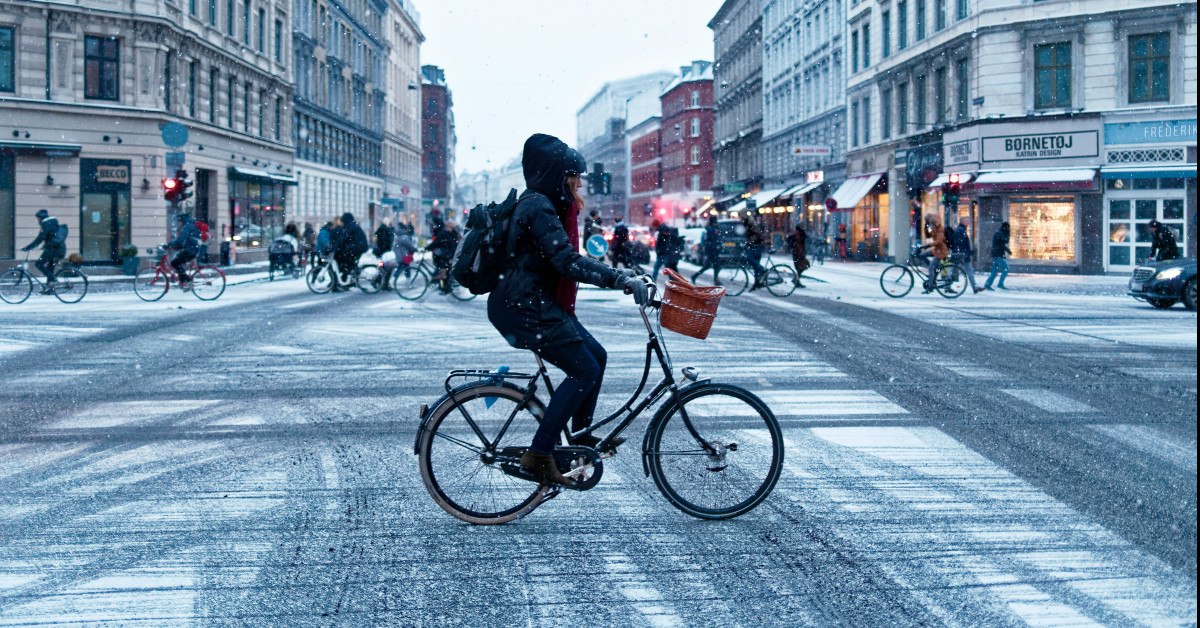Winter and its harsh weather can be tough on both cyclists and their bikes, but that doesn’t mean it’s time to pack their bikes away. While braving the cold weather might seem daunting, having a dedicated winter bike can make all the difference. Whether cyclists choose to repurpose an old bike or invest in a new winter-friendly model, a winter bike is designed to handle the challenging weather and tough road conditions. With the right setup, cyclists can continue to ride through frosty mornings and dark evenings with confidence.
“The advantages of having a nominated winter bike stretch way beyond not having to plaster your most-cherished steed in the dirt and ice” says Simon Bennett, Managing Director of cycleGuard.
Leading cycle and e-bike insurer cycleGuard reveals what makes a good winter bike:
A heavier frame
It is recommended to use a bike with tougher and heavier frame in winter to withstand the harsh weather conditions. Steel or aluminium frames will do the job. Although they may be much heavier than a carbon-fibre bike, they should be durable enough to withstand a few winters. Luckily, steel and aluminium are usually the cheapest materials too.
Wide tyres
Having wide tyres fitted to a bike should provide cyclists with added comfort on their journey, as well as greater protection against potholes and bumps in the road. An average mountain bike is likely to have relatively wide tyres fitted as standard, with the narrowest width somewhere around 26”, so they should be more than up to the task.
It may also be worth using tubeless tyres for the winter months. The main advantage of tubeless tyres is that they’re much less likely to sustain a puncture compared to their clincher counterparts. The thought of having to change a flat tyre in the cold, wet weather might make tubeless tyres much more appealing, but it is important to bear in mind that they are more difficult to fit than the clincher-style tyres.
Mudguards
Although mudguards are not the most aesthetic bike accessory, they are great at protecting the cyclist and their clothing from lashes of mud and sleet.
Set of lights
Cyclists shouldn’t overlook a good set of lights in winter. With long evenings and gloomy mornings, one of the most effective ways to increase visibility is by attaching a good set of lights to the bike.
“Cycling in the snow and ice does bring about its own risks and you’ll want to take the appropriate pre-cautions for when you do head out. With our insurance at cycleGuard we can help keep you protected” adds Bennett.
Find out more about cycleGuard insurance on:
https://www.cycleguard.co.uk/
Read more about winter cycling on:
https://www.cycleguard.co.uk/winter-bikes
ENDS
A dedicated winter bike is most suited for riding in harsh weather conditions
By Ashley Mason | 29th November, 2024

